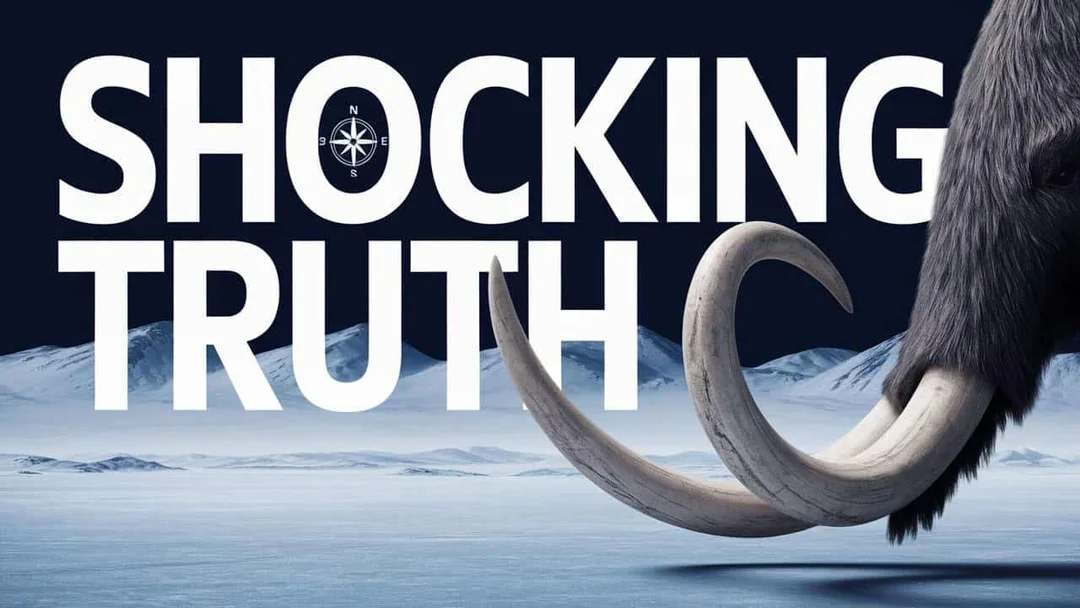
The Controversial Quest for De-Extinction: Should We Revive the Dire Wolf?
As the quest to revive extinct species heats up, recent claims by Colossal Biosciences regarding the production of genetically engineered dire wolf pups has sparked intense debate within the scientific community. The excitement surrounding these creatures comes with a myriad of ethical and ecological dilemmas that question the very intent behind such endeavors.
Colossal asserts that these are the world’s first de-extinct animals, brought back using genetic material from a meticulously reconstructed dire wolf genome. However, experts are quick to highlight the reality: the `` pups only contain 0.0018% of dire wolf ancestry, suggesting that what is being created is merely a shadow of the iconic predator. This raises the question of authenticity: if a creature resembles an extinct species but lacks its genetic heritage, is it truly that species?

Critics have pointed out that the financial and technological resources being funneled toward de-extinction might be better spent on conservation efforts for threatened species, emphasizing the pressing need to protect the dwindling populations that still exist. The Endangered Species Act has had notable successes, including the recovery of bald eagles and peregrine falcons; thus, protecting current wildlife should take precedence over trying to resurrect long-lost species.
Furthermore, conservationists warn that focusing on de-extinction initiatives could shift attention from the ongoing ecological crises. Each species lost contributes to a fragile balance in the ecosystem, making it critical to prioritize the protection of existing biodiversity over ambitious science projects that, in essence, distract from the brutal realities of extinction.
Additionally, many scientists argue that the idea of quickly remedying extinction through genetic engineering is a misguided shortcut that overlooks the complex challenges of wildlife conservation. It is not sufficient just to mimic the appearance of a species; restoring ecological roles and relationships within habitats is paramount to reviving the natural world.
The conversation on de-extinction is a reflection of deeper anxieties about human impacts on earth's biodiversity. While some innovations, like the cloning of Elizabeth Ann, a black-footed ferret, offer hope by enriching genetic diversity among endangered species, many contend that these efforts should not be misrepresented as easily scalable solutions to extinction. Instead, we must question whether the flashy promise of projects like the dire wolf are diverting essential attention from species that are struggling to survive.
As we advance in genetic technologies, it is crucial to ensure that we direct our efforts wisely. The goal should remain clear: fostering ecosystems that can sustain all forms of life. Rather than indulging in the fantasies of resurrecting iconic species, perhaps our energy should focus on preventing additional losses—because every effort not to lose another species counts in the race against extinction.
As we ponder the implications of de-extinction, we invite readers to reflect: What responsibilities do we have when it comes to the creatures still with us? How can we ensure that conservation takes priority over the allure of recreating the past? Share your thoughts and perspectives in the comments below.